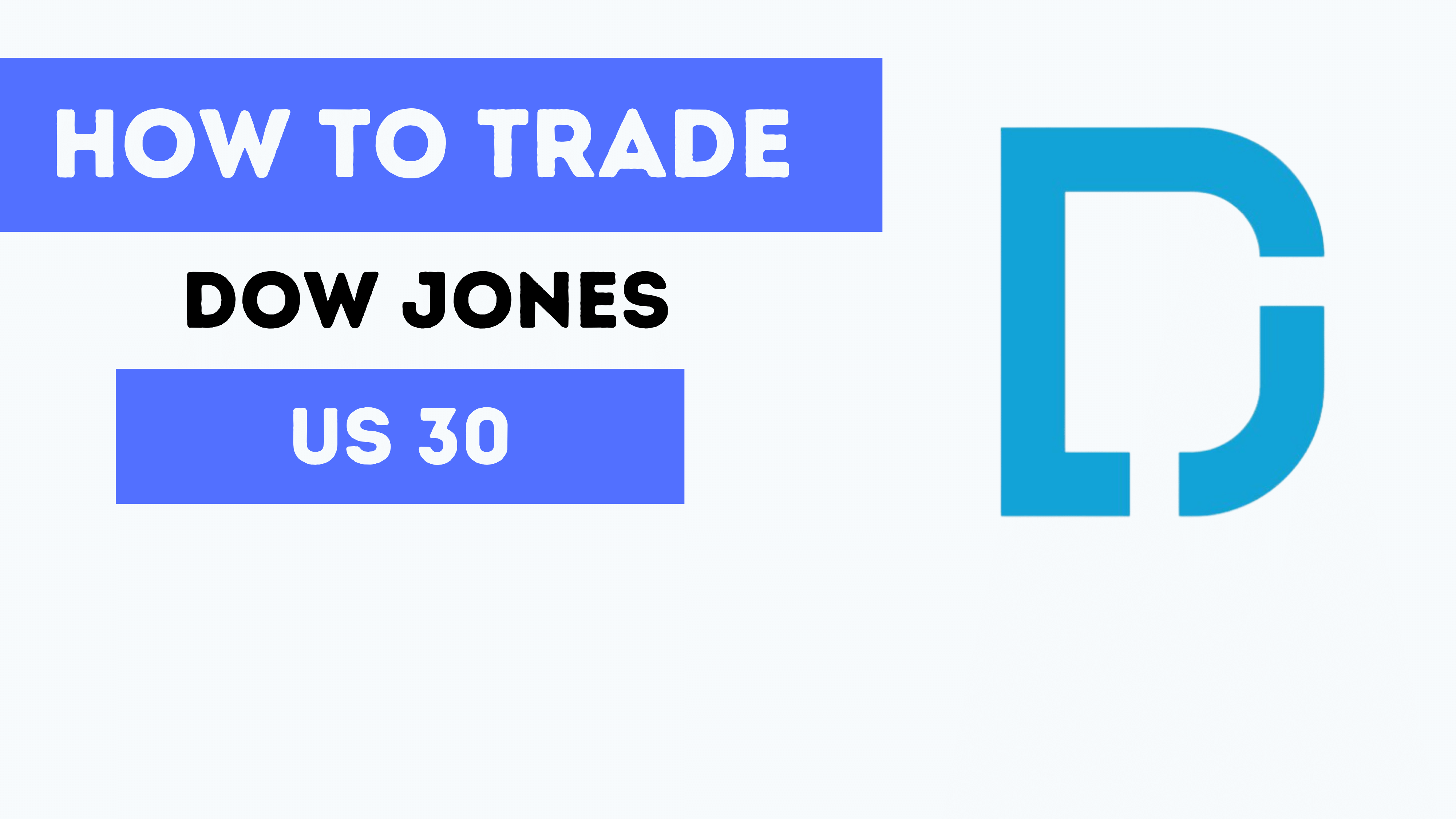The Dow Jones Industrial Average, often referred to as Dow Jones or US30 stands as a prominent stock market index comprising 30 major U.S. blue-chip companies listed on NASDAQ and the New York Stock Exchange (NYSE).
Established in 1896 by Charles Dow and Edward Jones, this index has played a crucial role in evaluating the strength of the U.S. stock market and the overall economic health for well over a century.
Understanding Dow Jones and How It Operates
The Dow Jones Index includes established companies with stable and growing earnings, earning them the title of “blue-chip” companies. These businesses are industry leaders, wielding a significant influence on the U.S. economy. Over time, the index has evolved to include a diverse range of companies, from technology giants like Microsoft and Salesforce to traditional sectors represented by companies like Chevron in oil and gas.
Types of Positions on Dow Jones
When diving into Dow Jones index trading, traders have two primary positions they can adopt: a long (BUY) position or a short (SELL) position. The choice between these positions hinges on one’s outlook regarding the overall economy and the direction of consumer and investment sentiment.
- Long Position (BUY): Traders opt for this position when market sentiment is positive or expected to improve due to economic or political events. They anticipate a market upturn and aim to profit from the expected increase in the Dow Jones index.
- Short Position (SELL): Conversely, traders take a short position when they foresee a sharp decline in market sentiment due to unfavorable economic or political announcements. They aim to profit from a decrease in the Dow Jones index.
Optimal Timing for Trading Dow Jones
The Dow Jones index tends to experience smaller price movements compared to other U.S. indices due to the presence of stable, large companies. During periods of market panic or instability, the Dow Jones often incurs less loss than other indices, making it an appealing option for risk-averse investors. Dynamic price rebounds commonly occur when positive sentiment returns to the market, attracting investors to the well-established companies listed on the Dow Jones.
Opportune moments to commence trading Dow Jones include:
- During periods of market panic or significant sell-offs in large companies.
- When major companies within the index release their financial results.
- During high-volatility events such as FED meetings, major political gatherings, or geopolitical crises.
How to Initiate Dow Jones Trading (US30)
Trading the Dow Jones is facilitated through platforms like xStation, offering Contract for Differences (CFD) transactions on the US30 instrument with leverage. It’s essential to approach leverage with caution as it can amplify profits but also involves a higher risk and potential for significant losses. Traders can open both short and long positions, aiming to benefit from market volatility and price movements.
Online trading of Dow Jones contracts enables traders to participate without leaving their homes, with zero commissions and low spreads. Additionally, exchange-traded Funds (ETFs) and shares of the 30 companies listed on Dow Jones are available for passive investors or those seeking exposure to specific companies within the index.
Keeping Track of Dow Jones: Price and Trading Hours
The US30 index, or Dow Jones, experiences price fluctuations during market hours. Traders should closely monitor price movements, especially when utilizing financial leverage through CFDs.
Trading for US30 is available from Monday to Thursday:
- Starts at 00:05 CET
- Concludes at 23:00 CET
- Brief break between 22:15 CET to 22:30 CET
- On Fridays:
- Trading begins at 00:05 CET
- Ends at 22:00 CET
- The market remains closed during weekends.
- Dark Cloud Cover: A Guide to Trading This Bearish Candlestick Pattern - 26 December 2023
- Title: Piercing the Veil of Market Sentiment: The Piercing Pattern in Trading - 26 December 2023
- Bullish Marubozu: A Comprehensive Guide to Trading with Confidence - 26 December 2023
